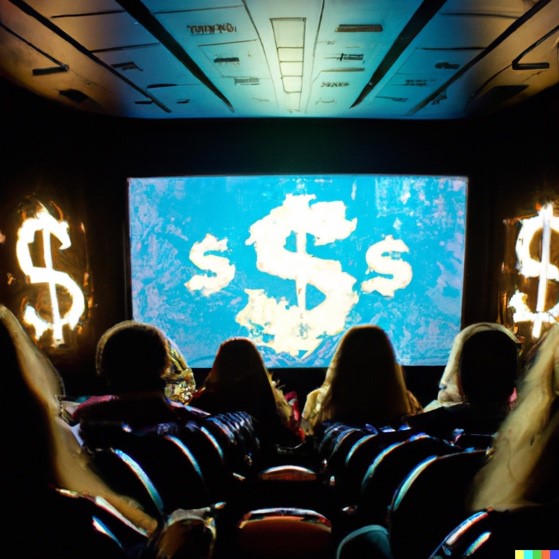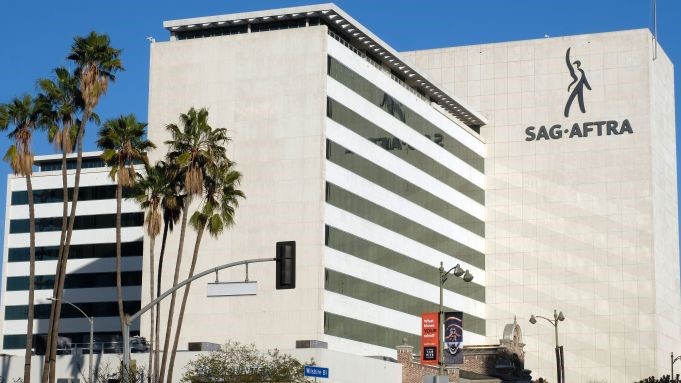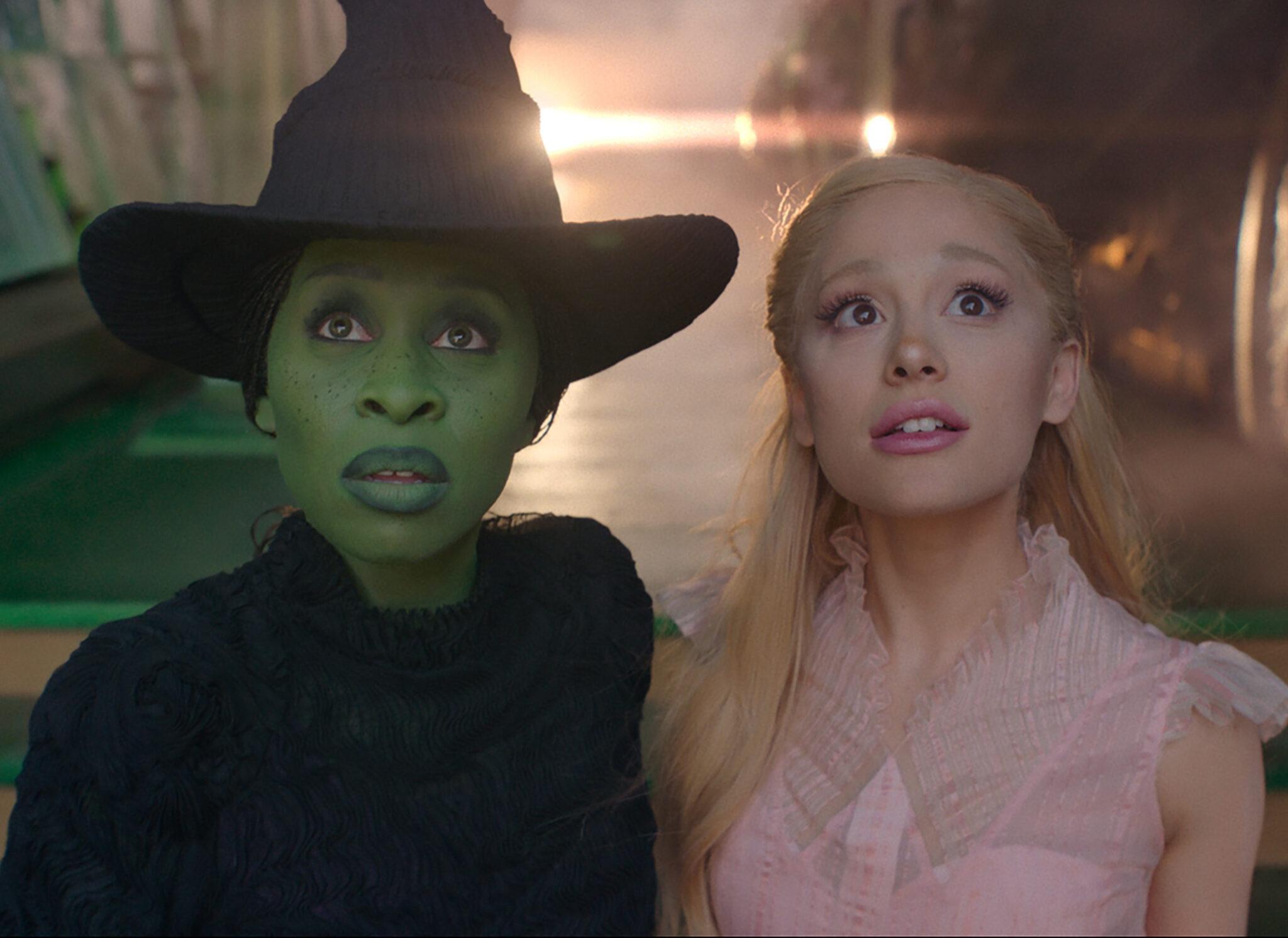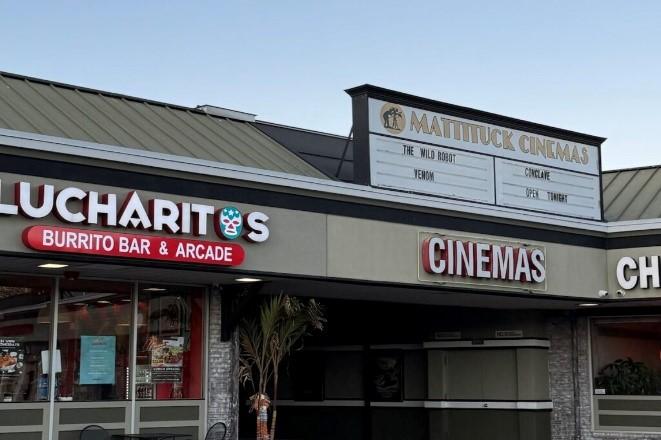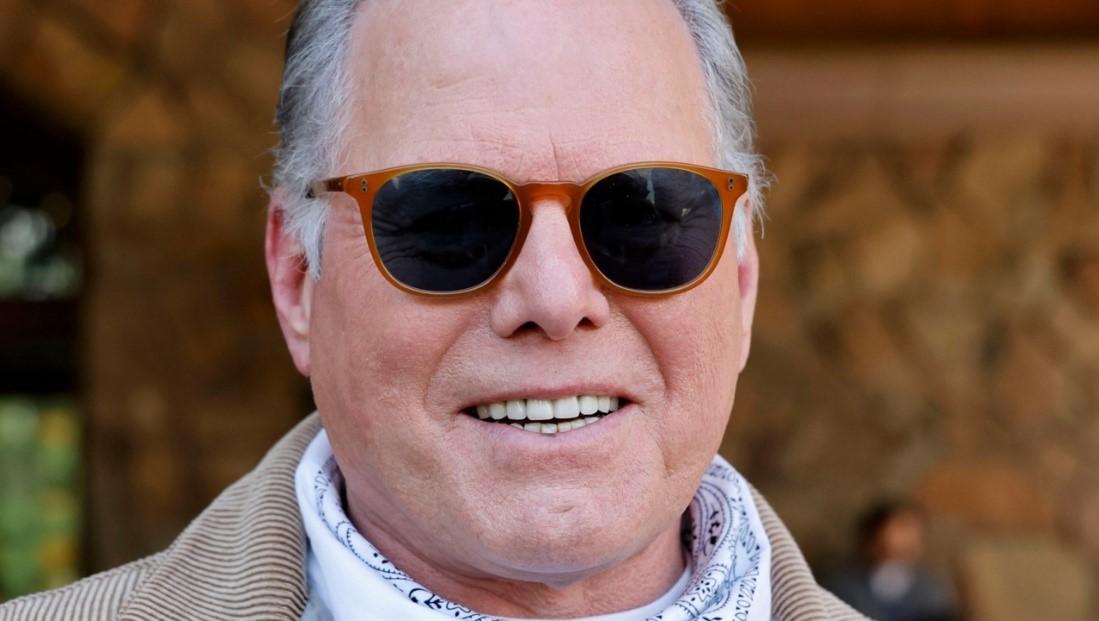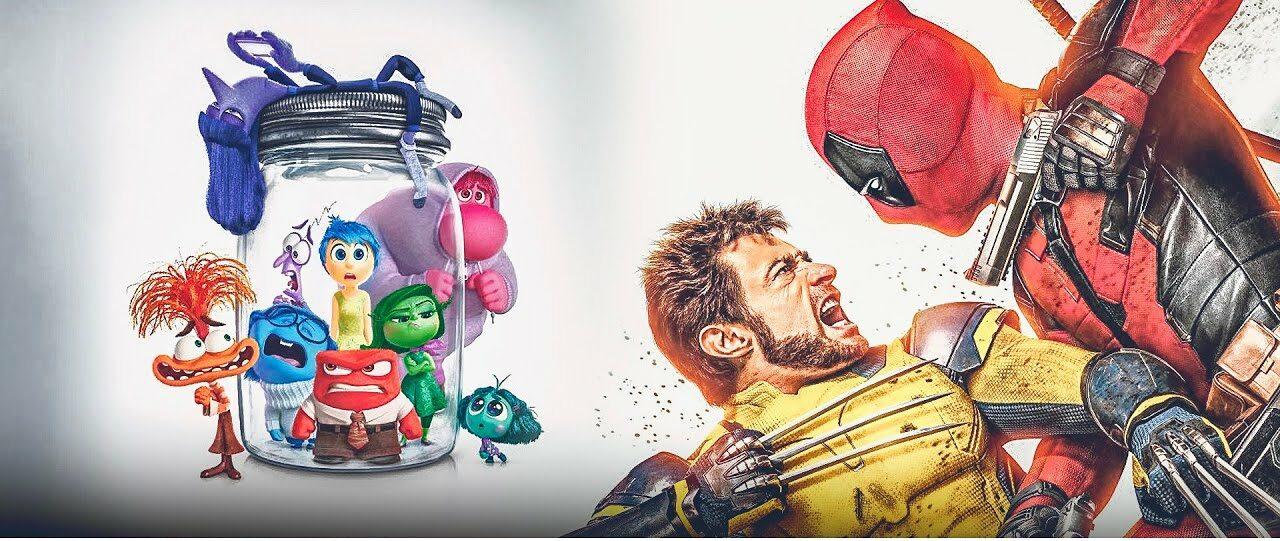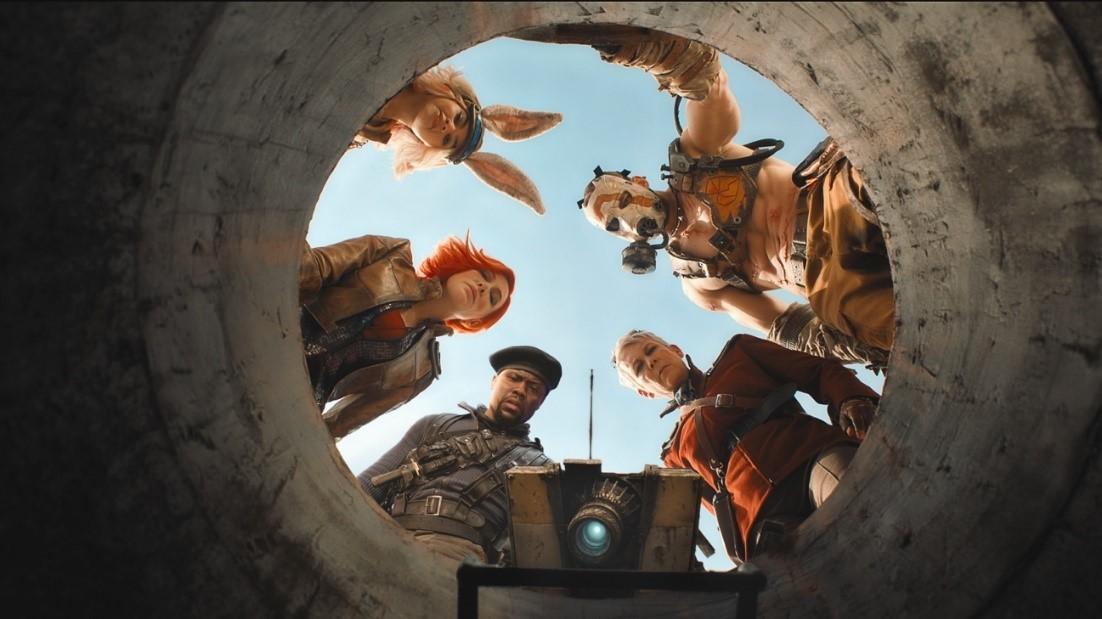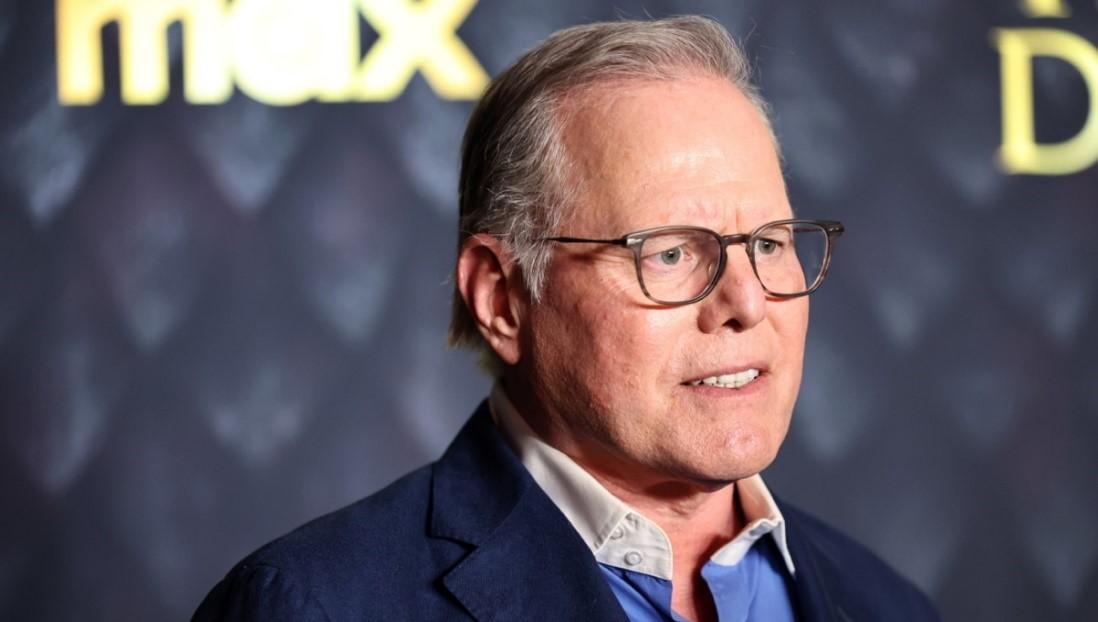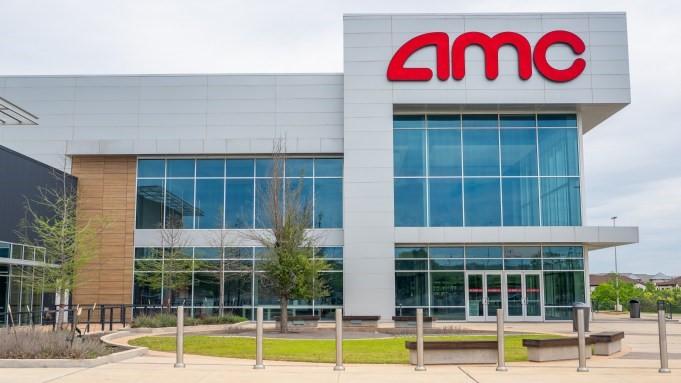This interesting article from IndieWire enumerates the many costs involved in running a movie theatre, beginning with the expense of installing and maintaining modern digital projectors. While the transition from film to digital that took place 12-15 years ago saved the studios a lot of money, it increased cost and complexity for exhibitors, who were forced to become adept with the new technology.
Because a film projector ran more like a machine, exhibitors could themselves repair and replace broken parts when necessary and be back up and running within a few hours. By contrast, digital projectors are complex computers, which must be serviced by specialized technicians, adding to their cost of operation.
In some cases, theatres have to wait weeks or even months for a technician to be available to address their issue. The cost for parts also presents a challenge for the bottom line, such as media blocks ($7,000-$40,000), digital library servers ($12,000-$27,000), and xenon bulbs ($450-$1,300).
Pressures are now building for exhibitors to migrate to the next development in digital projection, laser, which can cost $40,000 – $150,000 for each projector. Vendors such as Cinionic, Christie, and Barco tout better image quality and lower cost of operations as primary selling points, with lower costs from a reduction in electricity usage paying for the initial investment within 2-4 years.
However, the up-front costs involved in migrating to laser projection are a big barrier to entry for exhibitors. Exhibitors may not have a choice, with studios such as Sony and Paramount already refusing to support older models of digital projectors. Since moviegoers are showing a strong preference for fantastical blockbusters when they go out to the theatre, exhibitors may be forced to adopt these high-end technologies to deliver the big-screen experience audiences are looking for.

